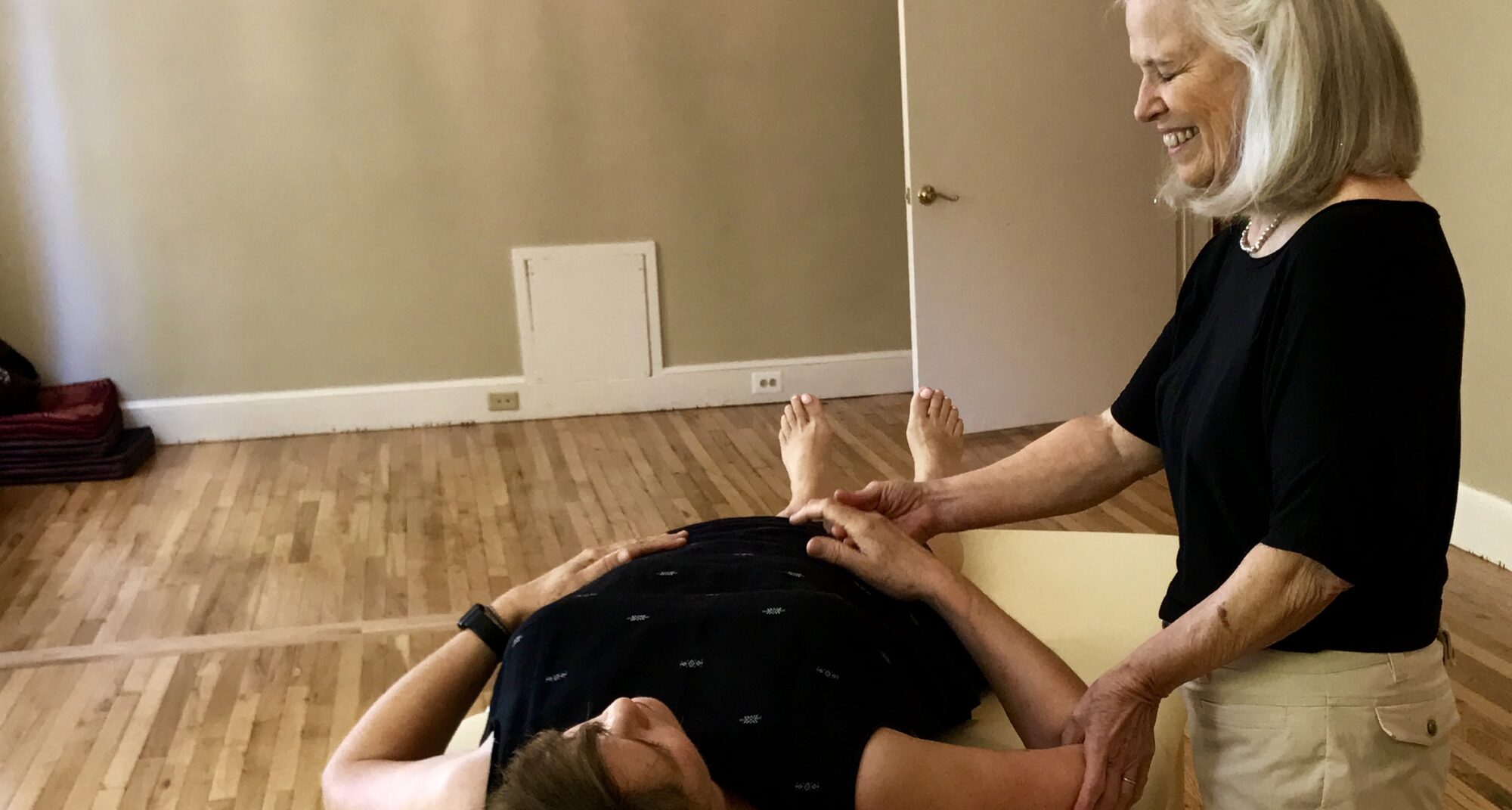What does “new” mean? Something you haven’t seen or experienced before in your life, it reminds me of a blank canvas, a coating of fresh snow on a field, clear and uncluttered; waiting for creativity , movement to come forth. A new year brings forth our desire to move, create and discover more about our “newness”.
REJOICE in 2014!
Category Archives: Retreats
Reflecting on reflections…how they help us grow
I was reading an article in the new Yoga Journal about compassion, and how we can learn to cultivate compassion by taking on the character of compassion and breathing that feeling through our bodies; and then sometime during the day consider a compassionate act you can perform; ie, helping someone to cross the street, yielding to another car in traffic, donating to a charity – all with the feeling of compassion, not duty or obligation.
I have always felt from the eastern philosophy and from the teaching of the Dalai Lama that compassion is recognizing someone’s suffering and that that someone else is just like you. You experience someone else’s suffering as your own. Their suffering is reflected back to us, they are a mirror to our own pain. And a lot of times it is the fear we see in others that we can’t honor in ourselves; that we could be in the same situation, in the same fragile place they are now in. Your empathy then becomes compassion, the realization of our commonality.
Consider this practice as you bring someone to mind that is suffering: (from Yoga Journa l)
l)
“Like me, this person desires happiness.
Like me, this person wants to be free from suffering
Like me, this person has experienced grief, loneliness and sorrow
Like me, this person is trying to get what he or she needs in life
Like me, this person is evolving
Imagine you are suffering the same way. Think about how you’d feel. Think about how much you would want to be free from suffering
Now imagine, how much less alone you would feel if someone actively felt your pain and wanted it to end. Can you do this for the other person? Can you actively desire that their suffering end?
Put yourself in the other person’s place, and then feel for a moment that their pain is also yours. Hold the wish that their suffering ends.
Then if possible, do something kind for them, a phone call, donation, picking up groceries; it doesn’t have to be huge. This practice can be so transformative the it is helpful to do daily and you can see how it can affect your opinions and interactions with every person in your life.” Sally Kempton/Yoga Journal
Neuroscientists now believe that the ability to feel another person’s pain as if it were your own is hardwired in us. We can use this innate ability to offer our understanding to others and also discover ourselves in a deeper way.
What is proprioception and is it the same as kinesthetic awareness, what???
The dictionary says proprioception is:
proprioception(pr

 pr
pr –
– -s
-s p
p sh
sh n)
n)
Why would we want to be more aware of our perception of movement and spatial orientation? Because of the sense of effort that we habitually have decided is needed to do certain tasks, lifting an object, holding our coffee cup, knitting, playing golf, even standing or sitting we sometimes do with lots of tension and stress in our joints.
By educating your sensory awareness ( a combination of balance, spatial orientation, and sensations of movement in our muscles, tendons and joints), we can move in our life and do what we do with more ease in our joints, muscles and skeleton. By becoming aware of what habits may have caused chronic pain, we can start changing where we over tense ourselves; the results will be sustainable and long term, because we are changing OURSELVES by OUR OWN awareness, which deepens and deepens as we remove the layers of habitual tension and stress.
The proprioceptive sense can be sharpened through study of many disciplines. Examples are the Feldenkrais method[26] and the Alexander Technique. Juggling trains reaction time, spatial location, and efficient movement. Standing on a wobble board or balance board is often used to retrain or increase proprioception abilities, particularly as physical therapy for ankle or knee injuries. Slacklining is another method to increase proprioception. more…
